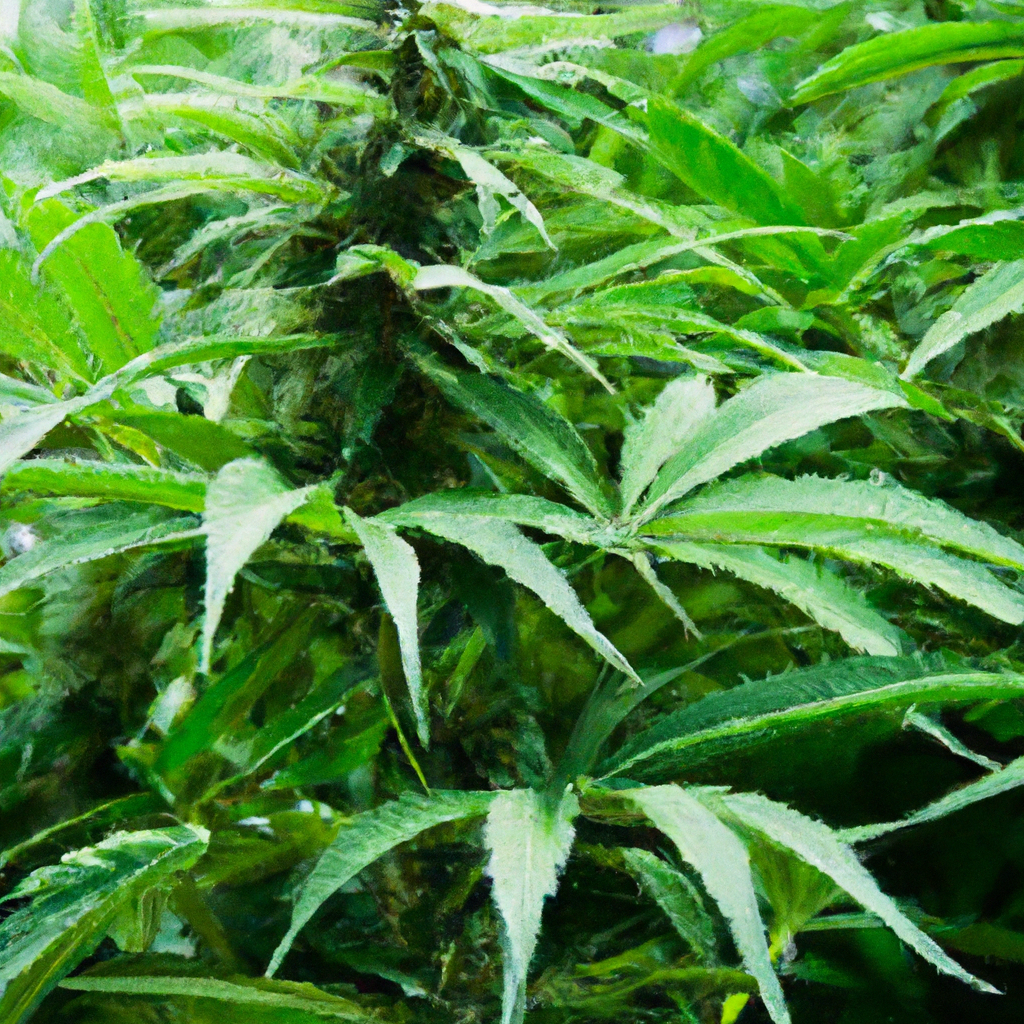Hello there, I’m John “Magic” Greenleaf, coming to you from the heart of Colorado, where cannabis and high elevations create an exceptional growing experience. Today, we’re diving into the intriguing world of high-altitude microclimates and how they shape our cannabis cultivation tactics. Whether you’re growing on the slopes of the Rockies or simply curious about the impact of altitude, stay tuned for insights that elevate your cultivation techniques.
Microclimates at High Altitude: An Overview
Microclimates, those small-scale variations in atmospheric conditions, play a big role in high-altitude growing. At heights north of 5,000 feet, factors such as decreased atmospheric pressure, temperature fluctuations, and increased UV exposure converge to create unique environments. Understanding these variables helps growers make the most of what high-altitude settings offer.
Harnessing UV Light for Enhanced Growth
At altitude, the thinner atmosphere means more UV light reaches plants. While excessive exposure can stress plant tissues, controlled amounts can spur beneficial responses like increased resin production. Play with UV-reflective mulches and proper shading to strike the right balance and protect your beloved crops.
Temperature Fluctuations: Friend or Foe?
Heightened degrees of fluctuation in temperature are synonymous with mountain climates. While this could seemingly disrupt plant growth, cultivators can leverage these shifts to enhance terpene profiles and promote hardier plants. Consider these temperature swings an ally in invigorating your crop, especially under a carefully monitored environment.
Mastering Water Management in High-Altitude Areas
Water conservation stands paramount here in the semi-arid climate of Colorado. Using efficient drip irrigation systems helps reduce waste and ensures your plants receive adequate hydration without over-watering. Coupling this with organic soil can further elevate water retention, ultimately fostering sustainability while nurturing strong, healthy roots.
Key Takeaways
High-altitude microclimates might pose challenges, but they equally provide remarkable opportunities for extraordinary cannabis cultivation. By embracing UV light, navigating temperature variances, and optimizing water usage, high-altitude growers can craft healthier, more robust plants. With a penchant for innovation and respect for Mother Nature, triumphant cannabis can be cultivated amidst the clouds.
Remember, “Healthy roots, healthy buds, happy harvests.” Keep exploring, keep adapting, and above all, keep growing greatness one strain at a time.
Until next time, enjoy the mighty altitudes and let the alpine spirit guide your cultivation journey.


Leave a Reply